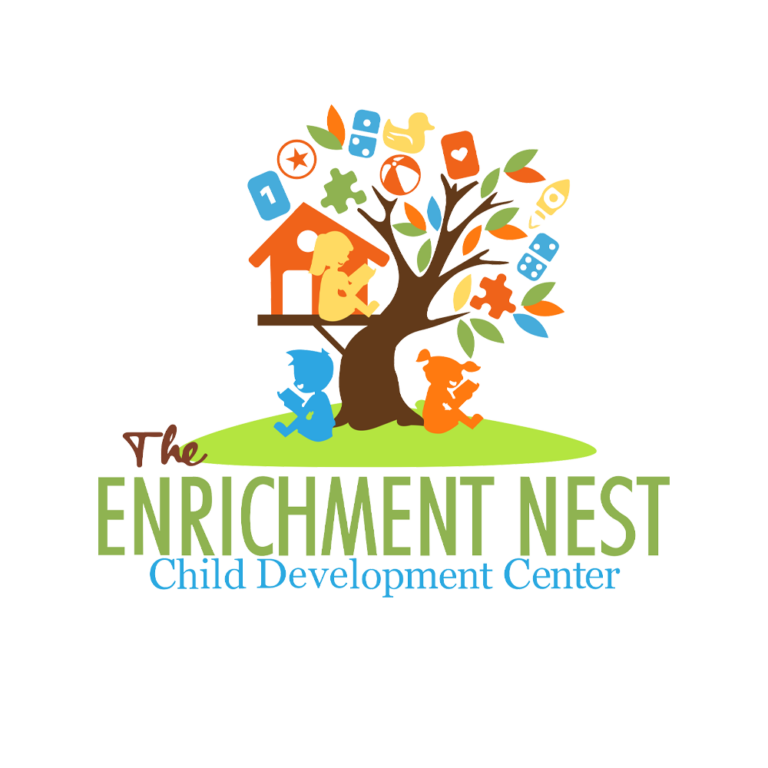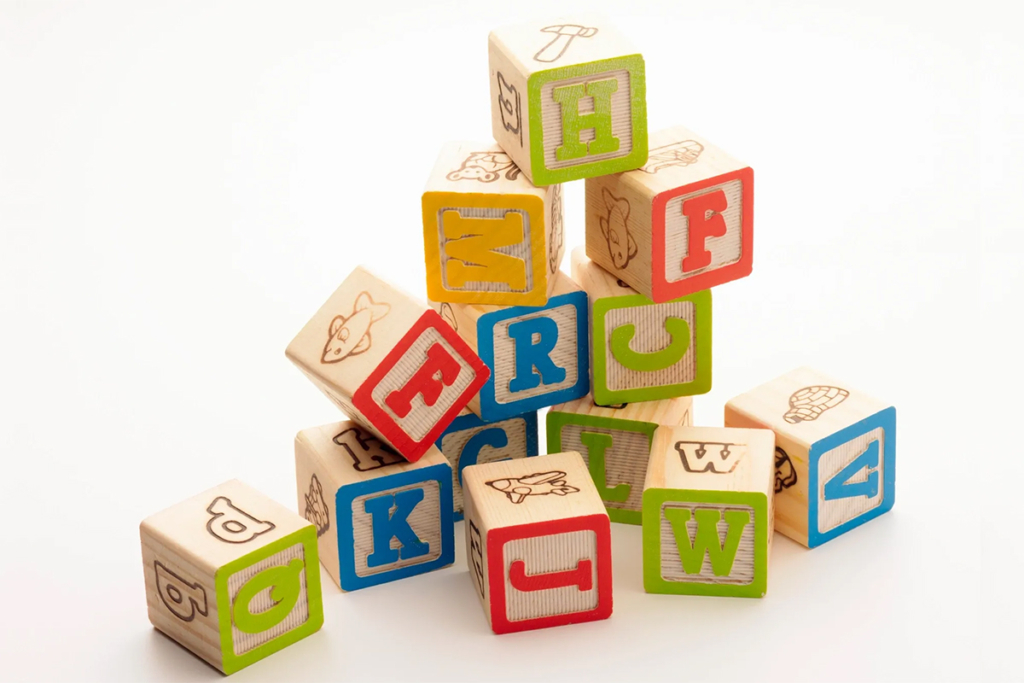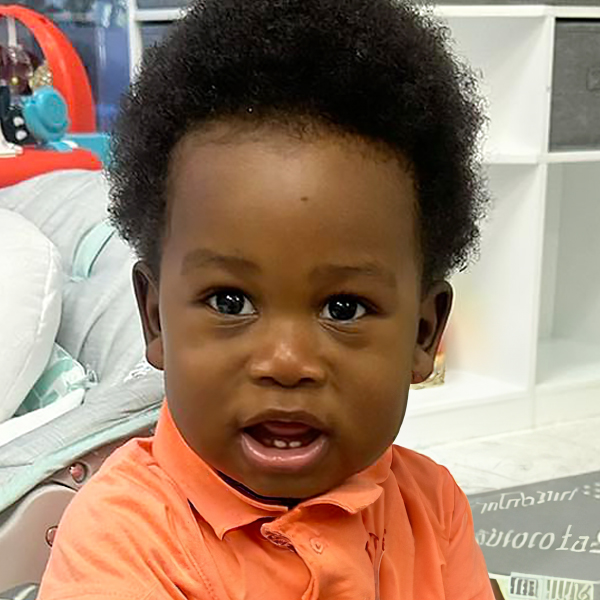This will be the beginning of a multi series of blogs pertaining to step by step suggestions on how to teach your child to read at an early age.
The journey of learning starts with the alphabet, the building blocks of language. For children aged 3 to 5, mastering the ABCs is not just a milestone but an adventure filled with wonder and discovery. As parents, you play a vital role in this journey, guiding your little ones through the enchanting world of letters. Here’s how you can make learning the alphabet an engaging and joyful experience for your child.
1. Make it Playful:
Children at this age learn best through play. Turn alphabet learning into a game by incorporating toys, songs, and hands-on activities. Use alphabet blocks, puzzles, or magnetic letters to let your child explore the shapes and sounds of each letter. Sing alphabet songs together, such as the classic “ABC Song” or make up your own tunes. The key is to keep it fun and interactive.
2. Use Visual Aids:
Visuals can significantly aid in alphabet recognition. Create an alphabet wall chart or flashcards with colorful pictures corresponding to each letter. Point out letters in everyday surroundings – on signs, cereal boxes, or books. Encourage your child to identify letters they see and associate them with their sounds.
3. Integrate Alphabet into Daily Routine:
Incorporate alphabet learning into your daily routine to reinforce concepts. During mealtime, talk about foods that start with different letters (“A is for apple, B is for banana”). At bedtime, read alphabet-themed books together. Make bath time educational by using foam letters to spell out words. By weaving alphabet activities into everyday activities, you make learning natural and seamless.
4. Foster Letter Recognition:
Help your child recognize letters by playing games like “I Spy” with alphabet objects (“I spy something that starts with the letter ‘C'”). Play hide-and-seek with letter cards around the house, encouraging your child to find and name each letter they discover. Use letter-themed coloring books or worksheets for more focused practice.
5. Practice Phonics:
Teaching phonics alongside letter recognition lays a strong foundation for reading. Introduce letter sounds gradually, starting with simple, commonly heard sounds. For example, associate the letter ‘B’ with the sound it makes in words like “ball” or “bat.” Use rhymes and alliteration to reinforce phonemic awareness.
6. Create Alphabet Games:
Engage your child in alphabet games that promote active learning. Arrange letter mats on the floor and play hopscotch, calling out letters for your child to jump to. Play “Alphabet Bingo” or “Alphabet Memory” using homemade or store-bought game sets. These games not only enhance letter recognition but also develop important cognitive skills like memory and concentration.
7. Celebrate Progress:
Celebrate your child’s achievements and efforts along the way. Praise their attempts, no matter how small, and offer encouragement and support. Display their alphabet artwork or creations proudly. Celebrate milestones such as recognizing all the letters or spelling simple words. Positive reinforcement motivates children to continue learning and exploring.
In conclusion, teaching the alphabet to children aged 3 to 5 is a rewarding journey filled with exploration and excitement. By incorporating play, visuals, routine, and positive reinforcement, parents can make alphabet learning a joyful experience for their little ones. Remember, every child learns at their own pace, so be patient and supportive. Embrace the magic of the alphabet and watch as your child unlocks the door to literacy and language proficiency.






